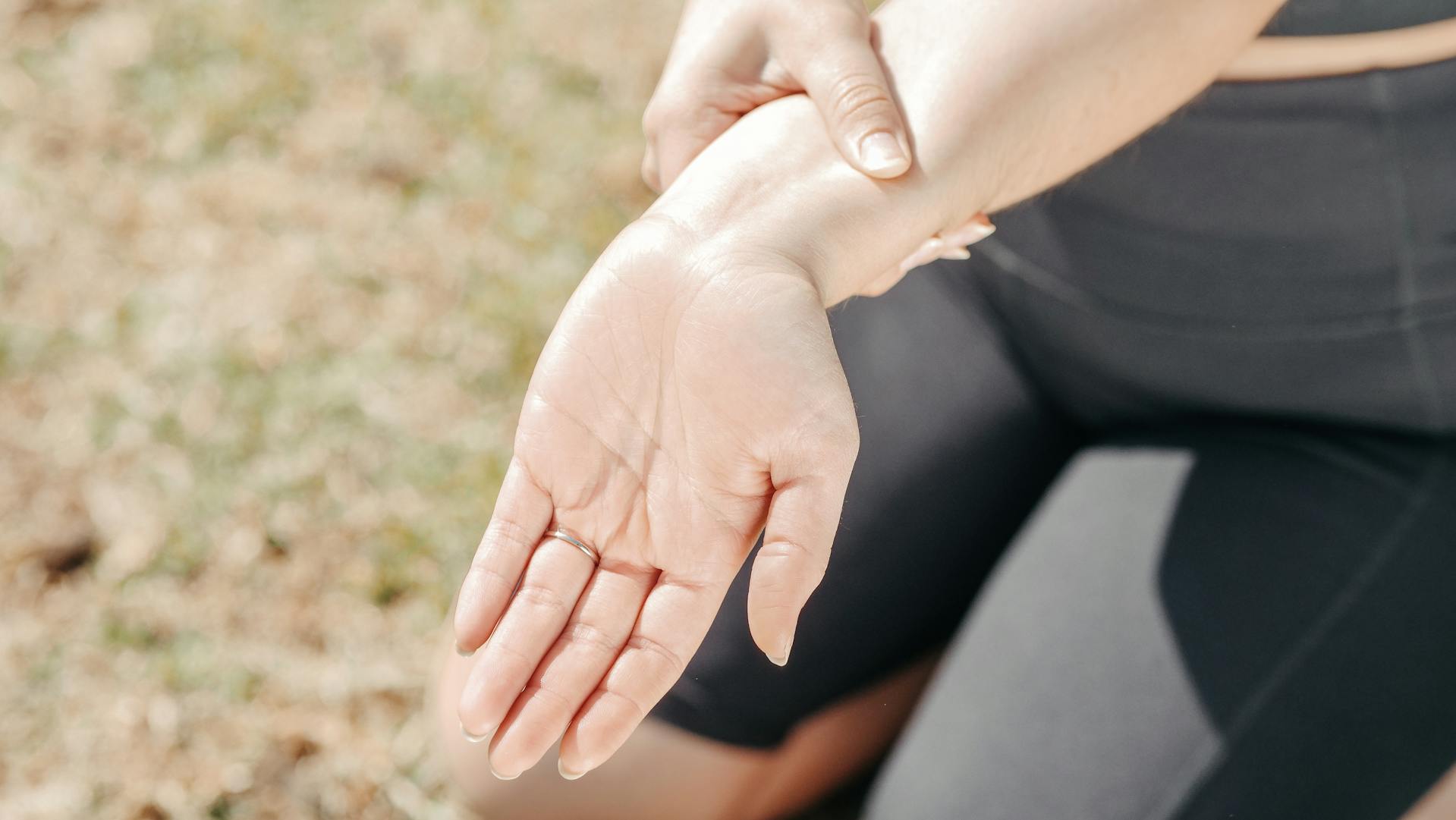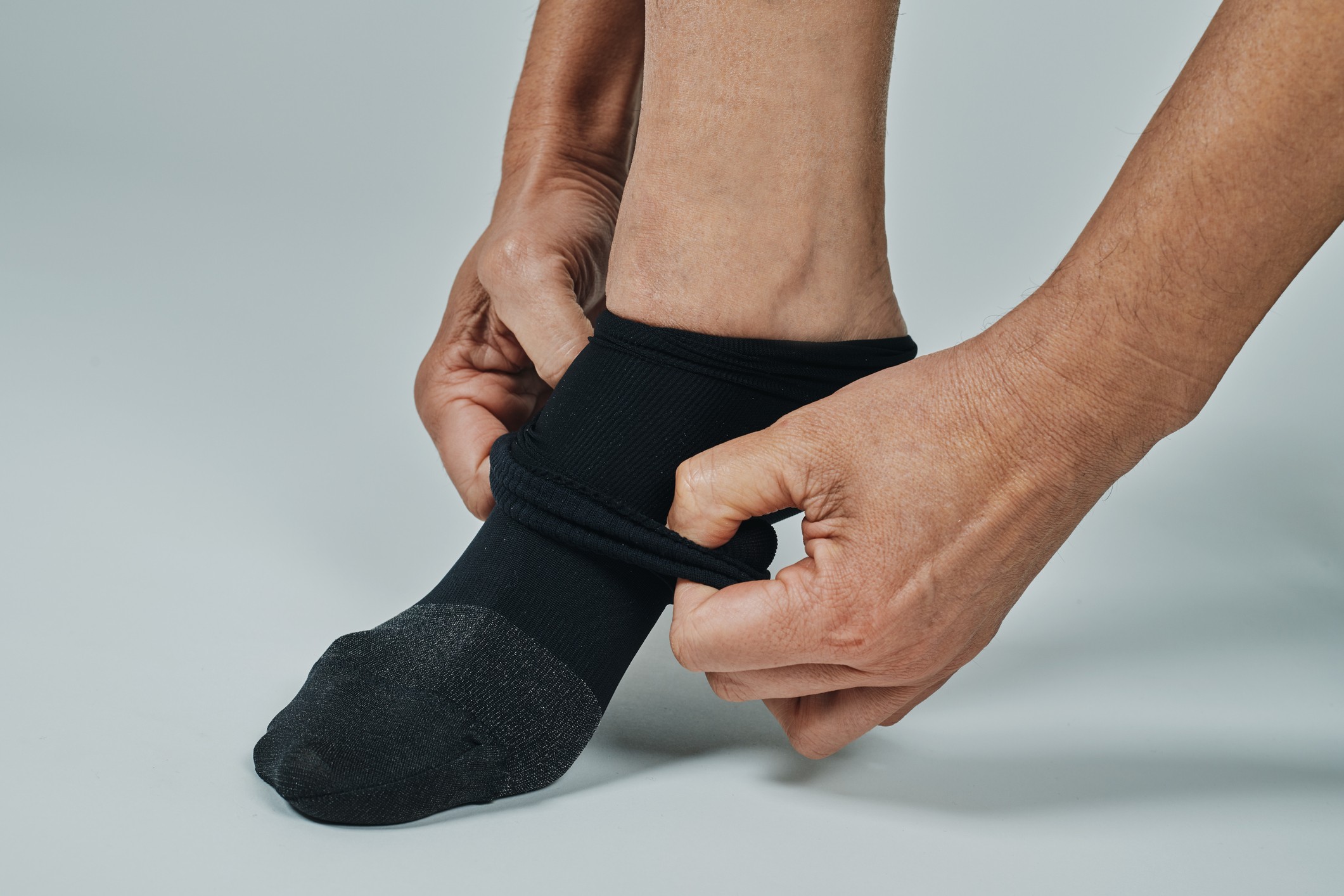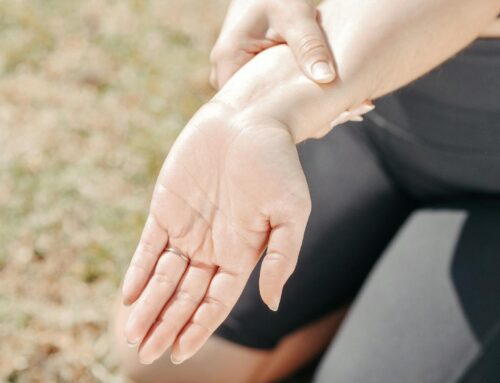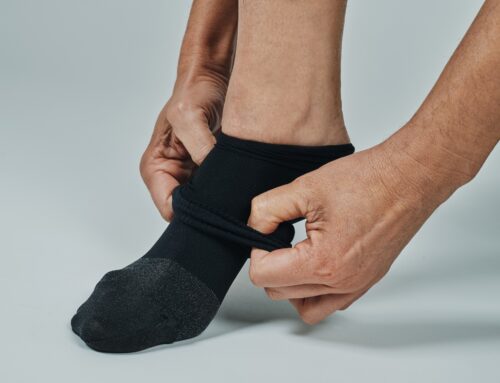Numerous specialists concentrate on distinct facets of our overall well-being. Speaking of our feet – intricate structures that we rely on daily for movement and stability – the expertise of Pedorthists becomes indispensable alongside the crucial role of Chiropodists. Pedorthist treatments, in particular, offer custom solutions to ensure the health and functionality of our feet.
A Chiropodist is a healthcare professional who specializes in diagnosing, treating, and preventing foot diseases and disorders. From toenail problems and foot injuries to more complex issues like bunions and heel pain, a Chiropodist’s scope is wide-ranging.
On the other hand, a Pedorthist is a specialist skilled in the design, manufacture, fit, and modification of shoes and orthoses. They focus on alleviating painful or debilitating conditions resulting from abnormalities or limited control of the feet and lower limbs.
Together, these professionals offer a comprehensive approach to foot health, addressing both immediate problems and contributing to long-term foot care and comfort.
Foot health is an essential part of our overall well-being, though it’s often overlooked until problems arise. Feet not only bear the weight of our bodies but also have a significant impact on our posture and alignment. Keeping them in good health is paramount to maintaining our mobility and ensuring we can continue to move through life comfortably and without pain.
Chiropodists and Pedorthists
Though they both deal with foot care, their areas of specialization and approach to treatment can vary significantly.
Chiropodist
A Chiropodist, also known as a Podiatrist in some regions, is a healthcare professional trained to diagnose, treat, and prevent diseases and disorders of the foot. They deal with a broad range of conditions, including skin and nail diseases, foot injuries, foot infections, and foot deformities like bunions and hammer toes.
Chiropodists can provide various treatments, from prescribing medications and providing localized treatments, like removing ingrown toenails, to conducting minor surgeries. They can also recommend exercises and provide guidance on footwear to promote foot health and prevent future issues.
Pedorthist
A Pedorthist, on the other hand, is a specialist who focuses on biomechanical and musculoskeletal issues related to the foot and lower limb. Their expertise lies in the design, manufacture, fit, and modification of shoes and foot orthoses (custom insoles).
Pedorthists play a crucial role in helping patients manage and alleviate pain, discomfort, and deformities associated with conditions like flat feet, plantar fasciitis, and diabetes-related foot problems. By providing personalized footwear solutions and orthotics, Pedorthist Treatments aim to improve patients’ mobility, support correct foot alignment, and enhance overall foot function.
What’s the Difference?
Though both professionals work towards promoting foot health, the key difference lies in their approach and methods of treatment. Chiropodists offer a wide range of medical treatments for foot diseases and disorders, while Pedorthists focus on creating custom footwear and orthotic solutions to correct biomechanical issues and support proper foot function.
However, it’s important to note that their work often complements each other. For instance, a Chiropodist may diagnose a foot condition and refer a patient to a Pedorthist for specific footwear or orthotic interventions, creating a holistic approach to foot health management.
Chiropodist and Pedorthist Treatments
Chiropodists and Pedorthists encounter a wide array of foot conditions in their practices, some more common than others. These conditions may range from relatively minor issues like corns, calluses, and ingrown toenails, to more serious problems such as bunions, heel pain, foot ulcers, and various forms of arthritis.
Additionally, foot complications related to systemic diseases like diabetes, peripheral arterial disease, and rheumatoid arthritis are also commonly addressed by these professionals. These conditions can lead to serious foot problems, such as neuropathy (nerve damage), poor circulation, and foot deformities.
Foot and lower limb biomechanical issues, such as flat feet, high arches, overpronation, and supination, are other areas where a Pedorthist treatments and expertise comes into play. By providing custom orthotics and appropriate footwear, Pedorthists can help alleviate pain, improve balance, and enhance foot function in individuals with these conditions.
How Chiropodists and Pedorthists Diagnose Foot Conditions
When diagnosing foot conditions, both Chiropodists and Pedorthists use a combination of methods to get a comprehensive understanding of the problem.
Chiropodists typically start with a thorough medical history and a physical examination of the foot. They may inspect the foot for abnormalities, check for areas of tenderness, and assess the patient’s gait and foot function. Depending on the symptoms, they may also use diagnostic tools like X-rays, ultrasound, or MRIs to get a detailed view of the foot’s structures.
Pedorthists, on the other hand, focus on assessing the biomechanics of the foot and lower limb. They may observe the patient’s gait, examine the wear pattern on the patient’s shoes, and take precise measurements of the feet. In some cases, they may also use computerized gait analysis systems or pressure measurement systems to gain more detailed insights.
While both chiropodists and Pedorthists can diagnose various foot conditions, they often collaborate to ensure the patient receives the most comprehensive care. For instance, a Chiropodist may diagnose a condition and recommend a treatment plan, which could include a referral to a Pedorthist for custom orthotics or footwear modifications.
Types of Chiropodist and Pedorthist Treatments
Chiropodists and Pedorthists offer a range of treatments tailored to the specific needs of their patients. Below are some of the common Chiropodist and Pedorthist treatments provided by these professionals:
- Medical treatments
Chiropodists may provide medical treatments such as prescribing oral or topical medications for various foot conditions, conducting minor surgeries (like removing ingrown toenails or warts), or administering injections for conditions such as neuromas or plantar fasciitis. - Foot care and advice
Chiropodists also offer routine foot care, including nail trimming, corn and callus removal, and advice on proper foot hygiene and footwear. - Custom orthotics
Both Chiropodists and Pedorthists can prescribe and provide custom-made orthotics – shoe inserts designed to support, align, or correct the function of the foot. Pedorthists are especially skilled in creating these personalized solutions. - Specialized footwear
Pedorthists are experts in the selection, fitting, and modification of footwear to accommodate specific foot conditions or deformities. This may include extra-depth shoes, shoes with special insoles for pressure redistribution, or shoes with custom modifications like lifts, wedges, or rocker soles. - Footwear adaptations
Pedorthists can also make adaptations to existing footwear, such as stretching or widening shoes, adding cushioning or support, or modifying the sole of the shoe to improve foot comfort and function. - Lower limb braces and supports
In some cases, Pedorthists may also provide lower limb braces and supports to help manage foot and lower limb conditions.
Regular Check-ups
Regular check-ups with Chiropodists and Pedorthists are not only important for those who have ongoing foot issues, but also beneficial for individuals who currently don’t experience any noticeable foot discomfort.
Firstly, these check-ups help in early detection of potential problems. Certain foot conditions, such as bunions, flat feet, or neuromas, may not show significant symptoms in their initial stages but could lead to discomfort and complications if left untreated. Regular examinations allow Chiropodists and Pedorthists to identify these issues early and intervene before they worsen.
Moreover, these professionals can provide preventive care and advice during routine visits. For instance, they can guide you on the type of footwear best suited for your feet, give tips on foot hygiene, or recommend exercises to strengthen your feet and lower limbs. Such advice can help prevent common foot problems and promote overall foot health.
Regular check-ups with Chiropodists and Pedorthists also allow for ongoing monitoring and adjustments of existing treatment plans. If you’re using custom orthotics or specialized footwear, these check-ups provide an opportunity for your practitioner to assess their effectiveness and make necessary adjustments or replacements.
In the realm of foot health, as in many other aspects of health care, prevention is indeed better than cure. By adopting a proactive approach to foot health, you can prevent many foot problems before they start, avoid the discomfort and complications associated with these conditions, and enjoy better mobility and quality of life.
How to Choose a Chiropodist or Pedorthist
Choosing the right Chiropodist or Pedorthist is an important decision. These professionals will not only help you manage any current foot issues but also guide you in preventing future problems. Here are some tips to consider when choosing a Chiropodist or pedorthist:
- Check their qualifications
Ensure that the professional you’re considering is properly trained and accredited. In most regions, Chiropodists and Pedorthists need to have completed a specific course of study and be registered with a professional regulatory body. - Experience matters
Look for a professional with a broad range of experience, especially in treating the specific condition or issue you’re dealing with. Don’t hesitate to ask about their experience and success in treating similar cases. - Consider their approach to treatment
Different professionals may have different treatment approaches. Some may be more conservative, preferring to try less invasive treatments first, while others may be more inclined towards surgical or other intervention. Make sure their approach aligns with your preferences and comfort level. - Ask for referrals
Your primary care doctor or other health care providers may be able to recommend a reliable Chiropodist or Pedorthist. Alternatively, consider asking family, friends, or coworkers who have had positive experiences with these professionals. - Communication is key
A good Chiropodist or Pedorthist should be able to clearly explain your condition, the treatment options available, and what you can expect during recovery. They should also be responsive to your questions and concerns. - Consider the location and availability
Treatment for foot conditions may require several visits. Therefore, consider the location of the Chiropodist or Pedorthist’s office and whether the office hours fit with your schedule.
By taking the time to choose the right Chiropodist or Pedorthist, you’ll be taking a vital step towards ensuring optimal foot health and overall well-being.
Choosing the Right Foot Care Professional
Chiropodist and Pedorthist professionals have the expertise and skills to diagnose and treat a wide range of foot conditions, offering treatments from routine foot care to custom orthotics and specialized footwear. Regular check-ups, even when no apparent foot issues exist, contribute significantly to preventative care, ensuring early detection and treatment of potential problems.
The overall well-being that good foot health facilitates cannot be overstated. It enables you to lead an active lifestyle, free from the discomfort and limitations that foot problems can cause.
If your feet are sore, tired, or just not feeling right, it might be time for a closer look. Book a foot assessment with our certified Pedorthist. No referral needed.
Share This Story, Choose Your Platform!
Table of Contents
We specialize in orthotics, body braces, and compression wear tailored to your unique needs in Toronto. Reach out to us at info@caremed.care or call 416-782-5353 to book your fitting and consultation.
Experience the difference of customized solutions designed just for you.











